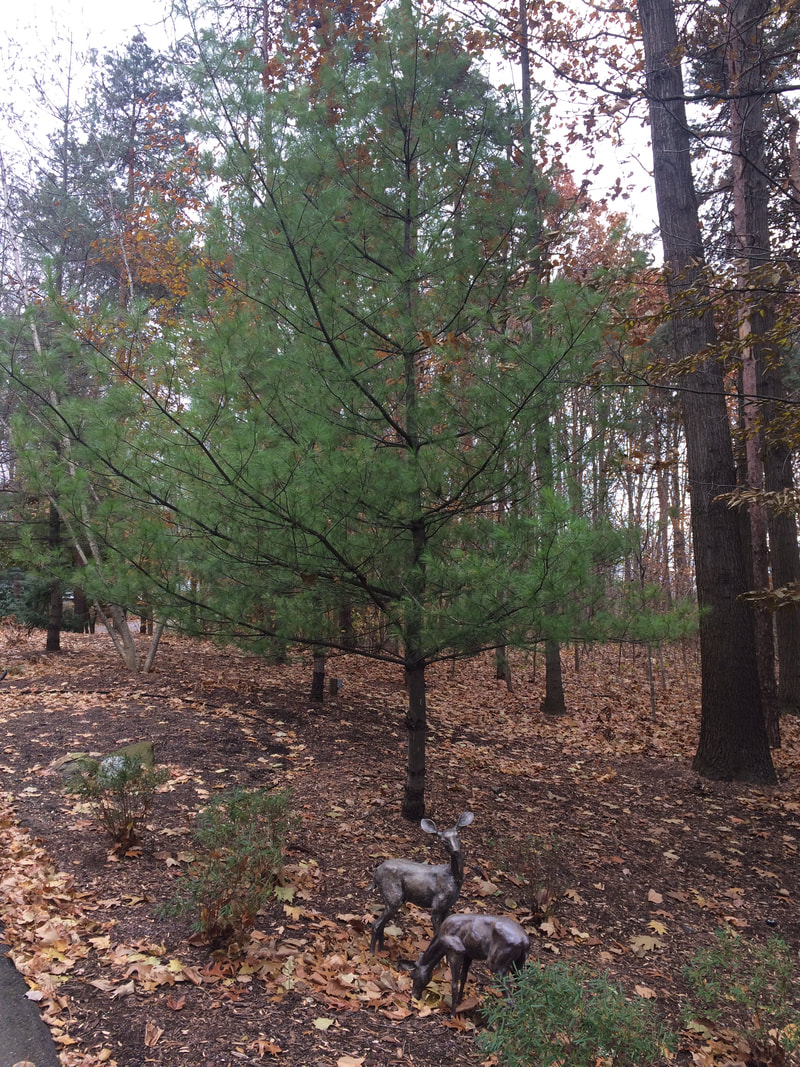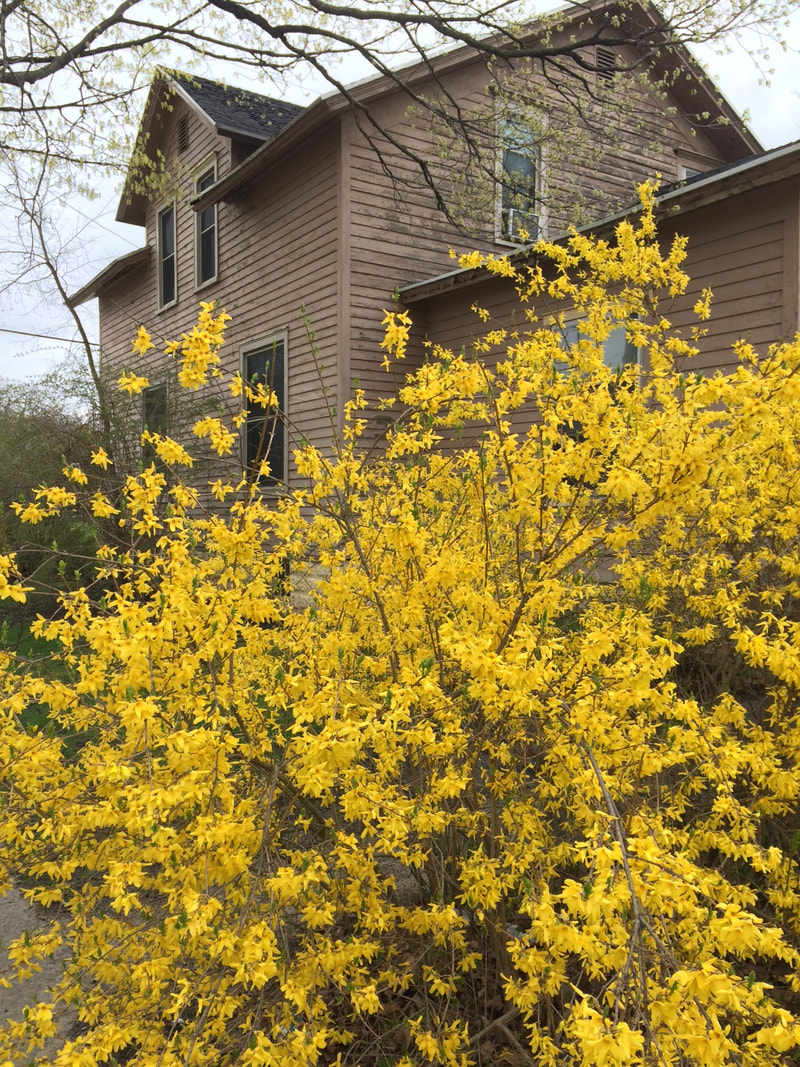|
Photo and article by Donna Iverson
It’s the annual statewide tree sale in Michigan, including at the Newaygo Conservation District in Fremont. Up for sale are many conifers including jack, red and white pines and red and white cedar, all of which are native to the state. White pine is the state tree, chosen back in 1955. The white pine covered most of Michigan until the lumbering era in the 1800’s saw the cutting down of 99 percent of the stock. A major route for logging ran down the Muskegon River from Newaygo to the Muskegon lumber yards. From there, the logs were shipped across Lake Michigan, mostly to Chicago So here’s a chance to help restore the natural habitat. Wildlife and birds will benefit too. The white pine provides shelter for beavers, hares, porcupines and squirrels as well as nesting for woodpeckers, grackles, nuthatches and chickadees. For information on ordering, go to http://www.newaygocd.org/order-form-and-tree-information.html There you will find a downloadable order form with information and prices on the trees for sale. Newago conservation offices are located at 940 Rex St in Fremont. The office may not be open due to the pandemic so you may want to call ahead to make an appointment if you wish to speak to a conservation officer in person. The phone number is 231,924.2060 x5. If you prefer email, it’s newagocd@macd.org Based on the information provided, it sounds like delivery is possible for approximately $20. Almost all the conservation districts in the state are holding an annual spring tree sale, so if you don’t live in Newago, check out your local county’s conservation district website.
0 Comments
Photo and article by Donna Iverson During February with its polar vortex temperatures, a lot of us are thinking spring, including me. Visions of daffodils, snowdrops and forsythia dance in my head. Some time next month, if we have a warm spring, you can snip some forsythia branches, bring them inside and put them in a vase. Soon bright electric yellow flowers will appear. All you need is a forsythia bush. Or access to one. Forsythia is not difficult to find or identify. Pretty much everyone knows forsythia when they see it. It is naturalized all over the USA to the point that most people think it’s a native plant. Indigenous to Japan, the forsythia was first identified in 1784 by a Swedish botanist named Carl Thunberg. He thought it was a yellow lilac and so described it in his book, Flora Japonica. ( A student of Carl Linnaeus, he missed the boat on this one.) A hundred years later, it was introduced in Europe and then named in honor of the Scottish botanist, William Forsyth, who was one of the founders of the British Royal Horticultural Society. By 1940, it was on display in the New York Botanical Garden, and quickly spread across the country. On the pollinator front, forsythia provides nectar for bees and butterflies in early spring when little else is available. It also provides cover for small birds during snowy cold spring nights. Forsythia is readily available at garden stores or can be easily grown from stem cuttings. It likes six hours of sunlight daily so a sunny spot is needed. It is not particular about soil type, requires little maintenance and is noninvasive. If a hedge is desired, plant forsythia about four to six feet apart along the border. You won’t have to wait long, forsythia grows at the rate of about two feet a year. A word of warning, deer like to nibble. As for foraging, forsythia is used in Chinese medicine to treat inflammation. Forsythia fruit extracts can be found for sale on the Internet although there is no Western scientific evidence that the plant’s fruit has been medically tested as beneficial. Although forsythia is categorized as non toxic. If you want more information on growing and caring for forsythia, check out www.gardenerspath.com |
Archives
April 2024
Categories |


 RSS Feed
RSS Feed